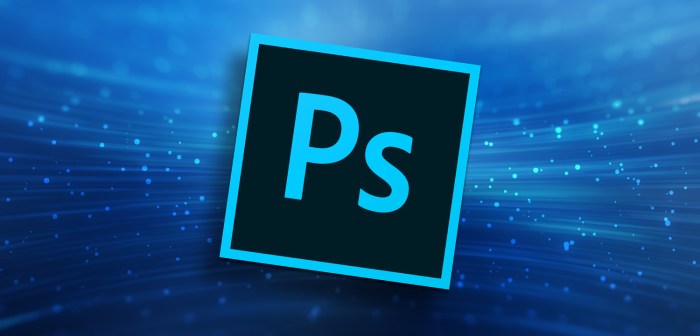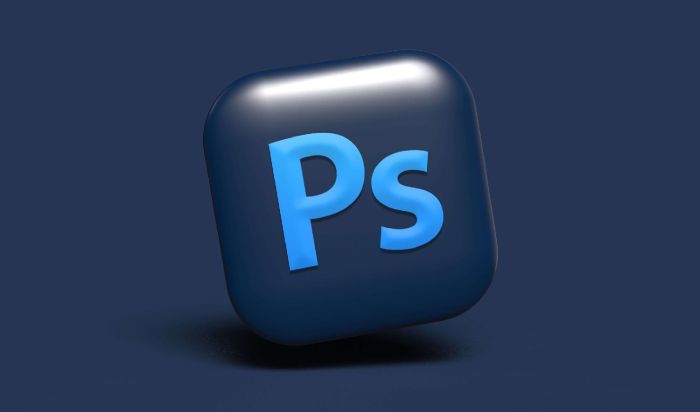Adobe software for photo editing has revolutionized the way we approach image manipulation. From casual snapshots to professional-grade retouching, Adobe’s suite of applications offers unparalleled power and precision. This exploration delves into the capabilities of these industry-standard tools, examining their strengths and highlighting their applications across various creative fields.
Whether you’re a seasoned photographer aiming for perfect post-processing or a novice eager to enhance your personal photos, understanding the nuances of Adobe Photoshop, Lightroom, and other related software is crucial. This guide will navigate you through the key features and functionalities, empowering you to unlock your creative potential and achieve stunning results.
Adobe offers a suite of powerful software for photo editing, catering to various skill levels and needs. From casual users looking to enhance snapshots to professional photographers requiring advanced tools, Adobe provides the right solution. This comprehensive guide delves into the key applications, their features, and how to choose the best fit for your photographic journey. We’ll explore Adobe Photoshop, Lightroom, and Camera Raw, highlighting their strengths and comparing their functionalities.
Understanding these tools empowers you to unlock your creative potential and achieve stunning results.
Adobe Photoshop: The Industry Standard for Image Manipulation
Adobe Photoshop is the undisputed king of raster graphics editing. Its extensive capabilities extend far beyond simple photo editing; it’s a powerful tool for digital painting, graphic design, and image compositing. For photo editing specifically, Photoshop excels in:
Key Photoshop Features for Photo Editing:, Adobe software for photo editing
- Advanced Retouching: Precisely remove blemishes, wrinkles, and other imperfections using tools like the Spot Healing Brush, Clone Stamp, and Patch tool. Mastering these tools is crucial for professional-level retouching.
- Layer-Based Editing: Work non-destructively with layers, allowing for adjustments and edits without affecting the original image. This is essential for complex projects and preserving image integrity.
- Powerful Selection Tools: Isolate specific areas of your image using tools like the Lasso, Marquee, and Quick Selection tools, enabling precise edits and manipulations.
- Color Correction and Grading: Fine-tune colors, contrast, and tone using adjustment layers, curves, and levels. Achieve specific moods and styles with precision color grading techniques.
- Filters and Effects: Apply a vast library of filters and effects to enhance your images creatively. Experiment with different styles and techniques to achieve unique results.
- HDR Imaging: Combine multiple exposures to create high dynamic range (HDR) images with extended detail in both highlights and shadows.
- Plugin Support: Expand Photoshop’s capabilities with thousands of third-party plugins offering specialized tools and effects.
Learning Photoshop requires dedication and practice, but its versatility makes it an invaluable asset for serious photographers and designers. Numerous online tutorials and courses are available to guide you through the learning process. Adobe’s official Photoshop help page is an excellent starting point.
Adobe Lightroom: The Photographer’s Workflow Solution
Adobe Lightroom is a non-destructive, catalog-based application designed for organizing, editing, and presenting photographs. While it offers powerful editing capabilities, its focus is on streamlining the entire photographic workflow. Lightroom’s strengths lie in:
Key Lightroom Features for Photo Editing:
- Image Organization: Import, organize, and manage large photo libraries efficiently using s, ratings, and collections.
- Non-Destructive Editing: Adjustments are applied as metadata, leaving the original image file untouched. This allows for experimentation and easy reversibility.
- Powerful Adjustment Tools: Similar to Photoshop, Lightroom offers tools for color correction, tone adjustments, sharpening, and noise reduction.
- Local Adjustments: Make targeted adjustments to specific areas of your image using brushes, gradients, and radial filters.
- Preset Management: Create and manage custom presets to streamline your editing workflow and apply consistent styles to multiple images.
- Web Gallery Creation: Easily create and share online galleries of your photos.
- Integration with Adobe Photoshop: Seamlessly integrate with Photoshop for more advanced edits when needed.
Lightroom is often preferred by photographers who prioritize workflow efficiency and non-destructive editing. Its intuitive interface makes it relatively easy to learn, even for beginners. Adobe’s official Lightroom help page provides comprehensive documentation.
Adobe Camera Raw: Raw Image Processing Powerhouse
Adobe Camera Raw (ACR) is a powerful raw image processor integrated into both Photoshop and Lightroom. It allows you to make adjustments to raw files (.CR2, .NEF, .RAW, etc.) before they are converted to a standard image format like JPEG or TIFF. This offers greater control over image quality and detail.
Key Camera Raw Features:
- Raw File Processing: Develop raw files without loss of quality, preserving image data for maximum flexibility.
- Non-Destructive Editing: Similar to Lightroom, edits are applied as metadata, allowing for easy adjustments and reversibility.
- Comprehensive Adjustment Tools: Access a wide range of adjustment tools for color, tone, sharpness, and noise reduction.
- Lens Corrections: Automatically correct lens distortions and vignetting based on the camera and lens used.
- White Balance Adjustment: Precisely adjust the white balance to achieve accurate and natural-looking colors.
Camera Raw is an essential tool for photographers working with raw files. Its ability to recover detail from shadows and highlights is unmatched, making it a crucial part of the digital photography workflow. You can access Camera Raw directly within Photoshop or Lightroom.

Source: thegraphicmac.com
Choosing the Right Adobe Software for Your Needs
The best Adobe software for photo editing depends on your skill level and specific requirements:
- Beginners: Lightroom is an excellent starting point due to its intuitive interface and streamlined workflow.
- Intermediate Users: Lightroom remains a strong choice, but incorporating Camera Raw for raw file processing is highly beneficial.
- Advanced Users/Professionals: Photoshop offers unparalleled control and versatility, while Lightroom manages the workflow and Camera Raw handles raw file processing.
Frequently Asked Questions (FAQ): Adobe Software For Photo Editing
- Q: Is Photoshop or Lightroom better for photo editing? A: It depends on your needs. Lightroom excels at workflow and non-destructive editing, while Photoshop provides more advanced manipulation tools.
- Q: Do I need to buy both Photoshop and Lightroom? A: No, you can choose the software that best suits your needs. Many photographers successfully use only Lightroom, while others require the power of Photoshop.
- Q: What is the difference between JPEG and RAW image formats? A: RAW files contain more image data than JPEGs, offering greater flexibility for editing and recovering detail.
- Q: What are layers in Photoshop? A: Layers are individual components of an image that can be edited independently, allowing for non-destructive editing and complex compositions.
- Q: How much does Adobe Creative Cloud cost? A: The cost varies depending on the plan you choose, with different options for individual applications or the entire Creative Cloud suite. Check the Adobe website for current pricing.
Conclusion
Adobe’s photo editing software offers a comprehensive solution for photographers of all skill levels. From the beginner-friendly Lightroom to the powerful and versatile Photoshop, understanding these tools is crucial for mastering the art of digital photography. Explore the options, experiment with the features, and unlock your creative potential!
Call to Action (CTA)
Ready to elevate your photography? Start your free trial of Adobe Creative Cloud today and experience the power of Adobe Photoshop, Lightroom, and Camera Raw! Click here to begin!
Mastering Adobe’s photo editing software opens doors to a world of creative possibilities. From subtle enhancements to dramatic transformations, the tools available provide the means to realize your artistic vision. By understanding the strengths of each application within the Adobe suite, and practicing regularly, you can elevate your image editing skills to new heights, producing images that are both technically proficient and artistically compelling.

Source: techglock.com
The journey of learning these powerful tools is ongoing, offering endless opportunities for growth and exploration.
FAQ Resource
What is the difference between Photoshop and Lightroom?
Photoshop is primarily for pixel-level editing and complex manipulations, while Lightroom focuses on non-destructive adjustments, organization, and workflow management for large photo libraries.
Which Adobe photo editing software is best for beginners?
Lightroom is generally considered more beginner-friendly due to its intuitive interface and streamlined workflow, though both Photoshop and Lightroom have learning curves.
Are there free alternatives to Adobe photo editing software?
Yes, several free and open-source alternatives exist, though they may lack the comprehensive features and advanced capabilities of Adobe’s professional suite.
How much does Adobe Creative Cloud cost?
The cost of Adobe Creative Cloud varies depending on the plan and features selected. It’s typically a subscription-based service.
